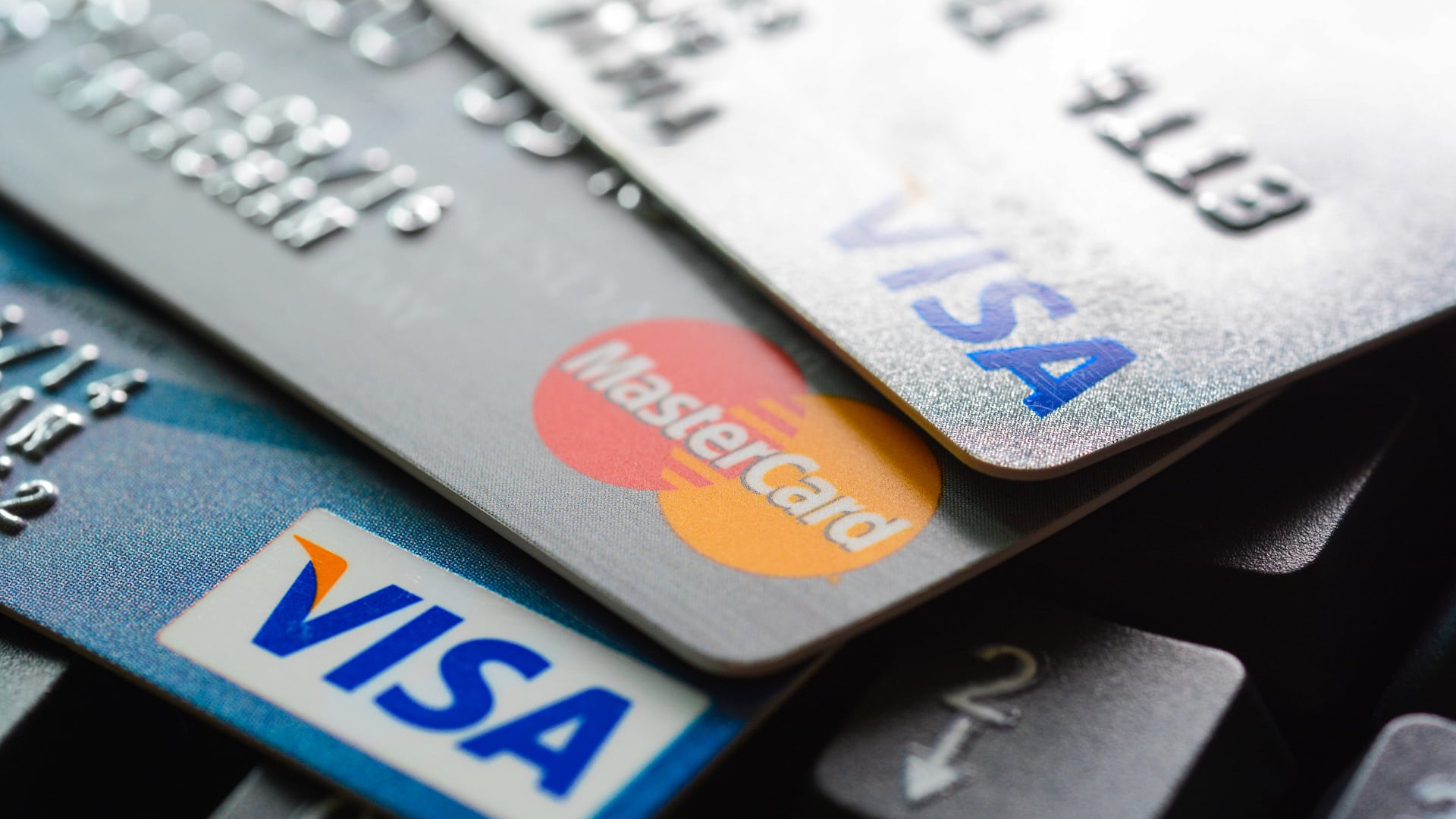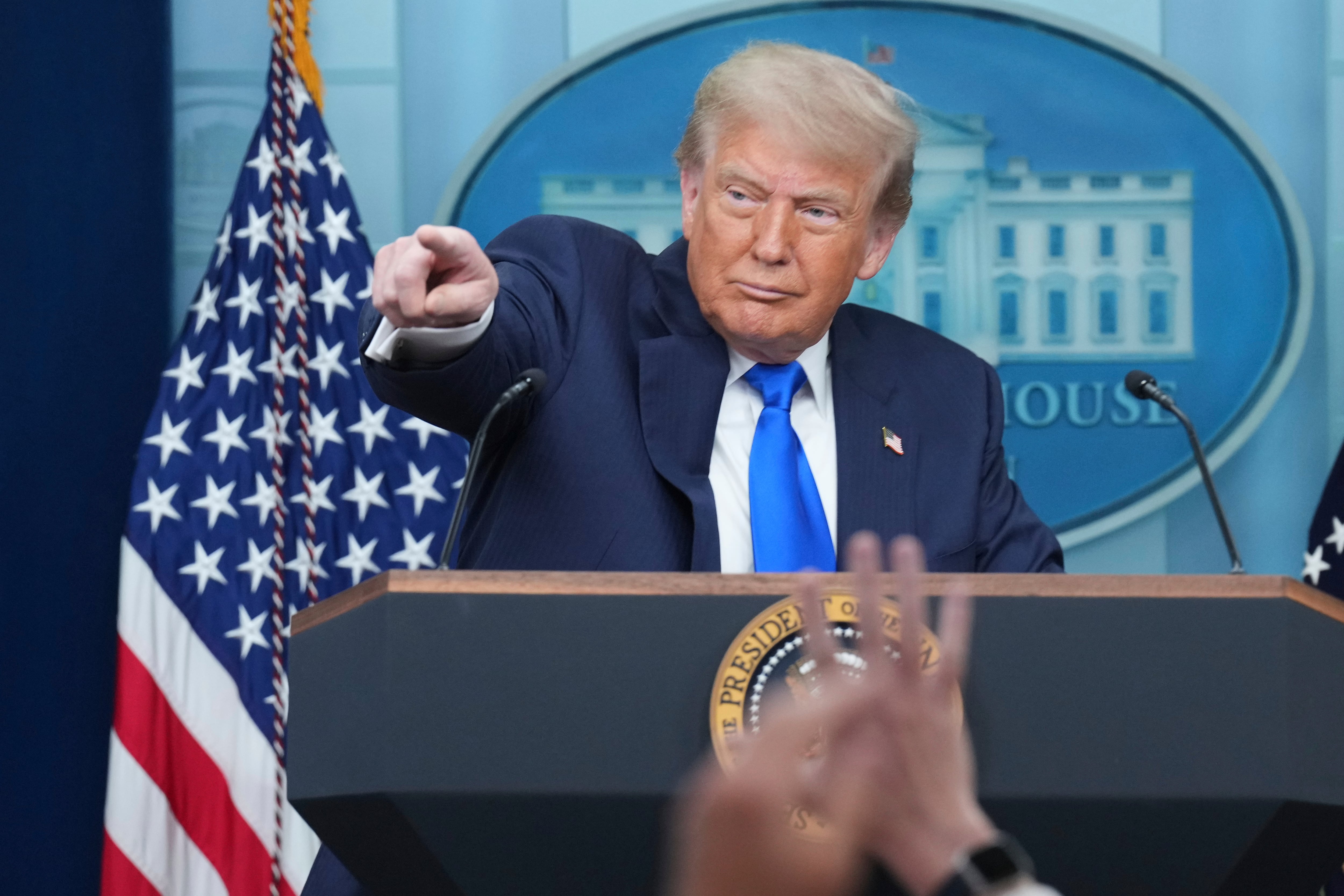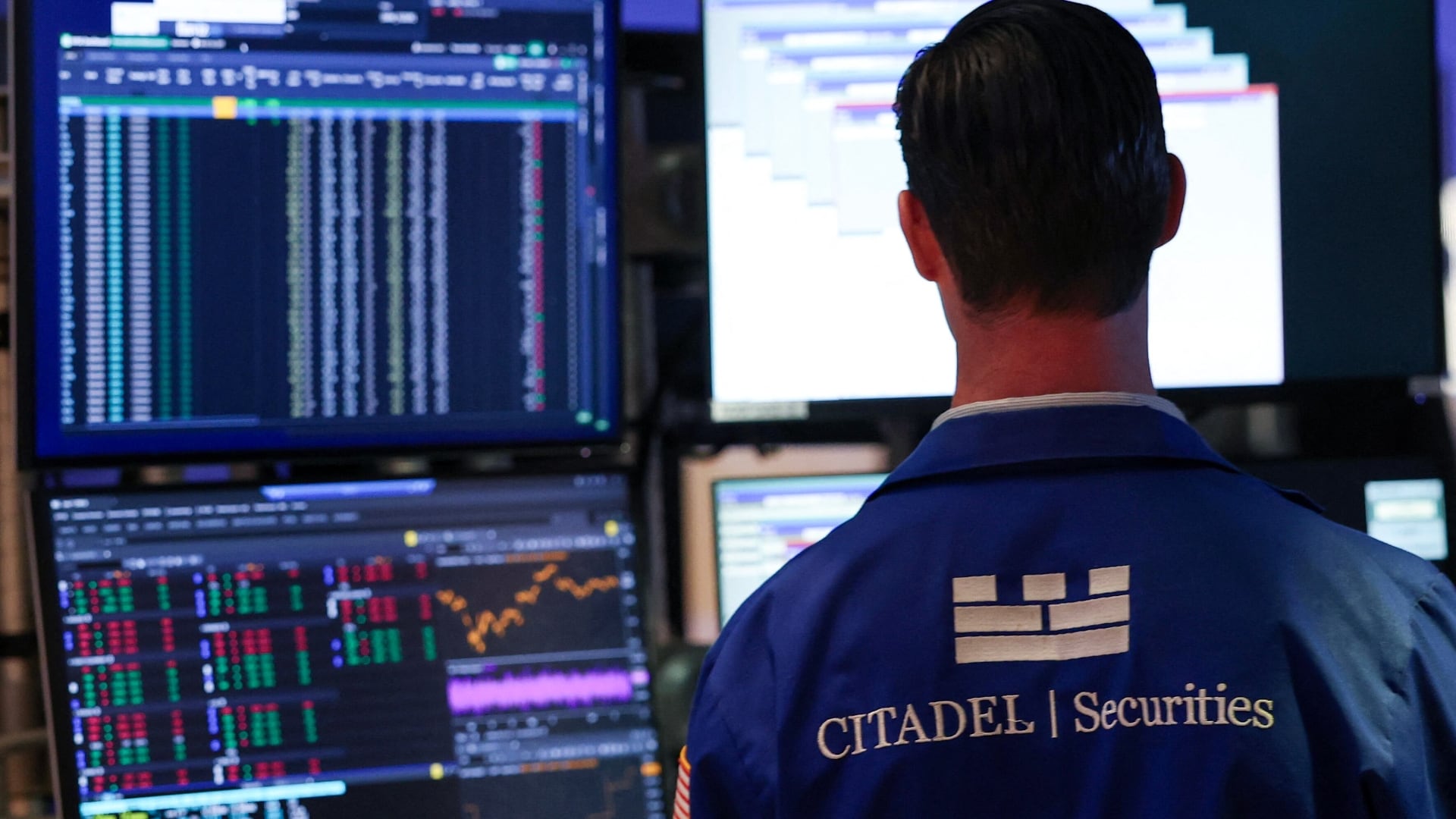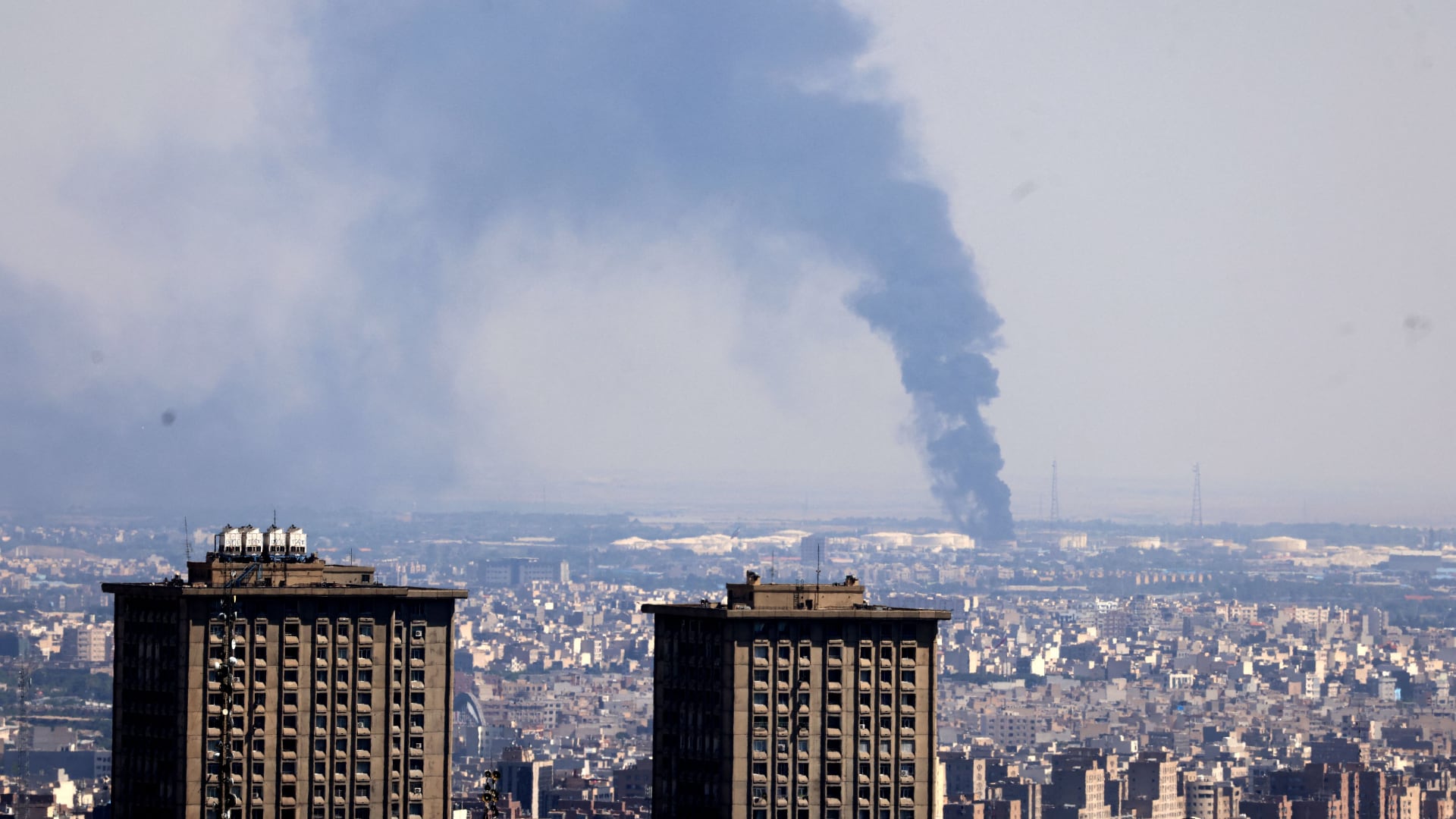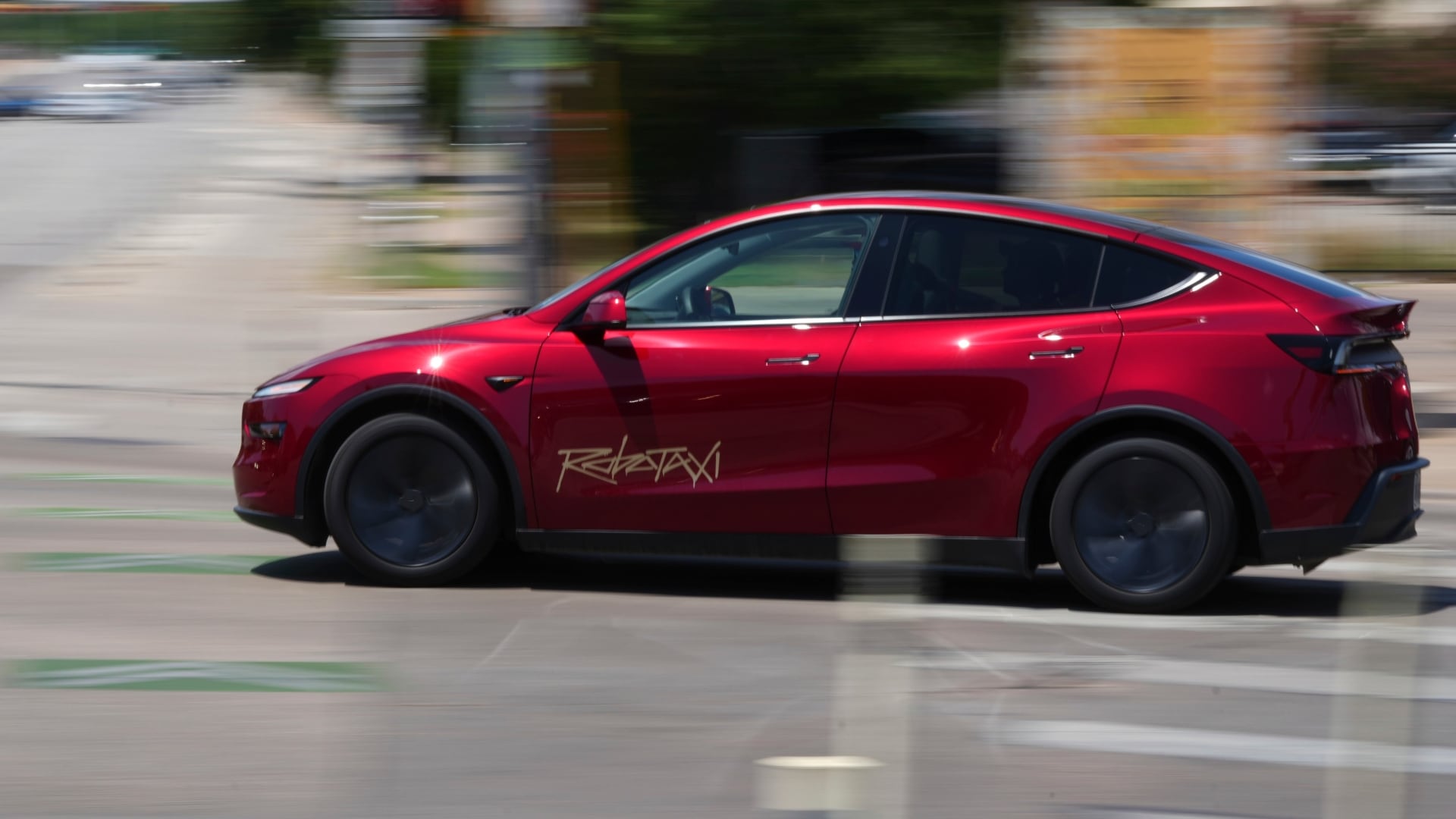By Matt Ott
The trading floor of the New York Stock Exchange reopened for the first time in two months with New York Gov. Andrew Cuomo ringing the iconic bell, but the controlled chaos was more subdued Tuesday under new pandemic rules.
The floor, known worldwide for an anarchic atmosphere with traders shouting orders over one another, has been closed since mid-March due to the coronavirus outbreak. The NYSE says fewer traders will be on the floor at a given time for now in order to support six-feet social distancing requirements. They also must wear masks.
Anyone entering the Exchange at 11 Wall Street is also being asked to avoid public transportation and they will have their temperature taken before entry, said Stacey Cunningham, president of the NYSE.
“We will respect the sacrifices of frontline workers and the city at large by proceeding cautiously, limiting the strain on the health-care system and the risk to those who work beneath our roof,” Cunningham wrote in a Wall Street Journal op-ed.
Cunningham said most of the areas outside of the trading floor will remain empty and the majority of employees will continue to work remotely.
Designated market makers, which oversee the trading of the NYSE's 2,200 listed companies, will continue to do so remotely and electronically as they have been since March 23.
Several thousand brokers and others used to crowd the trading floor of the NYSE as recently as the 1990s. But in the years since, the rise of electronic trading grew to dominate the action on Wall Street. These days, there are about 500 floor traders at the NYSE.
The reopening comes at a time when many areas of the U.S. are starting to lift shelter-in-place orders and allowing businesses to open their doors again even as other areas of the country are seeing no drop-off in confirmed coronavirus cases.
On Tuesday, however, the World Health Organization said that the world remains mired in only the first stage of the pandemic, putting a damper on hopes for a speedy global economic rebound.
Worldwide, the virus has infected nearly 5.5 million people, killing over 346,000, according to a tally by Johns Hopkins University. Europe has had about 170,000 deaths and the U.S. has seen nearly 100,000. Experts say the tally understates the real effects of the pandemic due to counting issues in many nations.
There was some optimism about the race for a vaccine. The Dow surged more than 600 points at the opening bell.
Companies that have been ravaged by the pandemic, particularly travel, entertainment, and retail stocks, were among the biggest gainers early Tuesday.
The NYSE is owned by Intercontinental Exchange, based in Atlanta, Georgia.

